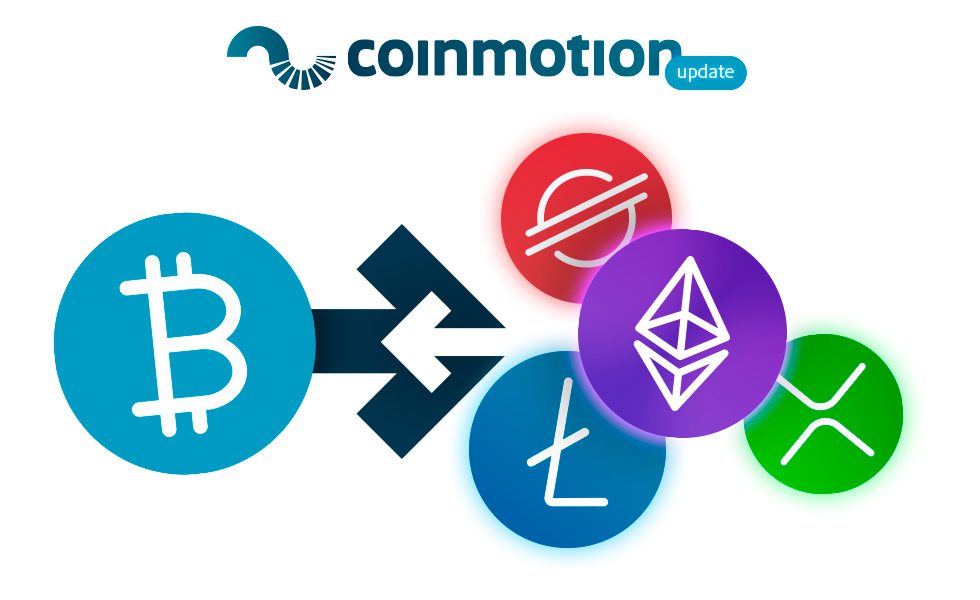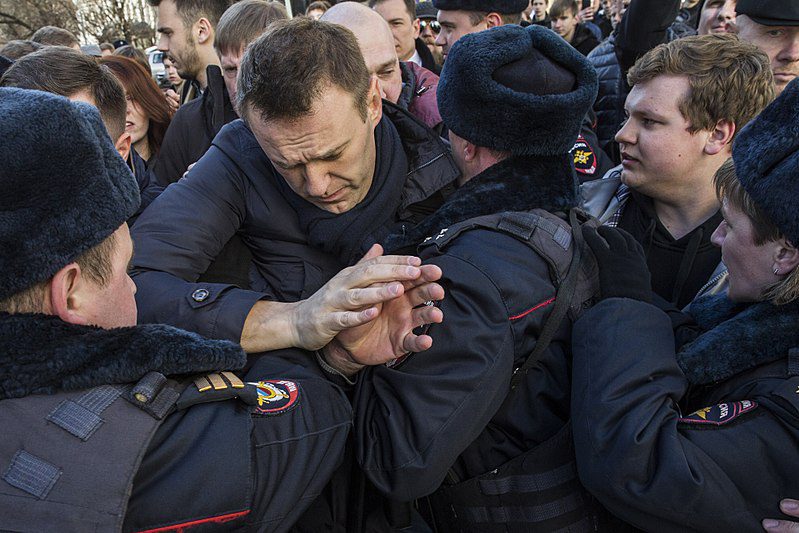Hello there again, fellow crypto investors of all sizes. The winds blow toward spring, and Bitcoin’s sails certainly seem to have power to conquer new uncharted waters. Despite some corrective movements, the number one cryptocurrency is still thriving well above $50 000 dollars. Our technical analyst also reminds us in his newest blog that small drops do not yet turn the bull into a bear.
By the way, did you know that retail investors bought more bitcoins during the past quarter than large institutions combined? At least a report by banking giant JPMorgan seems to suggest this is the case. While these institutions may have deeper pockets than the average investor, the market power of the masses should not be underestimated. Even an investment of ten euros could in the future prove very worthwhile, even if it only amounts to a fraction of a whole bitcoin. After all, there is a limited amount of fractions.
In other news we will talk about Coinmotion’s new cryptocurrency trading pairs as well as whale alerts spooking the markets. Furthermore the European Union has once again warned consumers about the risks of cryptocurrencies, while Russia wants to curb cross-border crypto transfers in the name of combating crime.
Last week’s news archive can be found here.
New crypto trading pairs in Coinmotion
Coinmotion has recently introduced new trading pairs between cryptocurrencies. The added feature allows users to trade bitcoin directly to other available cryptocurrencies. Respectively all other cryptocurrencies can be traded to bitcoin without the need to exchange euros in between.
The new trading pairs can be found from the trading page under the new tab “convert”. There users can trade bitcoin to any other crypto in Coinmotion’s selection and vice versa. At the moment there are eight trading pairs, but the soon expanding selection will increase the number significantly.
Much like in Coinmotion’s other trading features, three different options can be chosen for crypto-to-crypto trades. The first of these is market order, in which your order will be executed immediately at the current price. The other options are limit orders and stop orders, which you can use to prepare for a sudden drop or rise in prices.

Retail investors bought more BTC than institutions
A recent research by multinational investment bank JPMorgan Chase seems to suggest retail investors have begun to buy more bitcoins than large institutions combined. The results are based on analyzing retail platform fund flows as well as announced BTC acquisitions by large funds.
According to the report, institutions bought an estimated total of 173 000 BTC over the past quarter. Retail investors in turn bought more than 187 000 BTC over the same period mainly through PayPal and Square, outranking the large parties.
While the bitcoin buying frenzy of institutions set in motion the bull market toward the end of last year, retail investors seem to soon after have caught up. Senior market analyst at Oanda Corp Ed Moya names social media, the NFT craze and governmental stimulus payouts as leading reasons for the digital gold rush.
Another survey in turn appears to confirm citizens in the United States would rather use their upcoming $1400 stimulus check to buy bitcoin than stocks. The survey reveals US citizens could invest up to $40 billion dollars of the entire $1.9 trillion dollar stimulus package in bitcoin. This in turn would raise the potential for bitcoin’s continued price rise.

False whale alert may have dropped prices
A misinterpreted whale alert may have contributed to Bitcoin’s sudden price drop on the 14th of March. South Korean blockchain analysis firm CryptoQuant issued a warning about an apparent inflow of 18 961 BTC to a wallet in crypto exchange Gemini. At the moment the transferred sum was worth over $1.1B counted in dollars.
Whale alerts are triggered when large amounts of bitcoins are moved to an exchange wallet, which often indicates large owners called whales intend to sell or trade them. The movements of whales are closely monitored, since they may have tsunami-like impacts on the markets either by lifting or dropping prices.
This time, however, the alarm turned out to be false, as the transfer was simply an internal transfer between two Gemini wallets. Similar transfers related to customer fund management occur every now and then on exchanges and other platforms, and have nothing to do with lurking whales.
CryptoQuant’s whale alert appears to have instigated market panic and plunging prices also earlier, as a similar event took place on the 21st of February. A graph published by crypto analyst Willy Woo points out that both alerts coincided with a sudden drop in prices.
“Markets selling off due to bogus data saying $1b of BTC flowing into Gemini. It’s the 2nd time it’s happened in the last 30 days,” Woo wrote on Twitter.

EU issued warning on crypto risks
Regulatory authorities in the Euroopan Union have repeated an earlier warning about the risks of cryptocurrencies. A report published on Wednesday by the European Securities and Markets Authority ESMA states some cryptocurrencies can be considered “highly risky and speculative”.
The report claims investors face a risk of losing all their capital on the largely unregulated markets. The risks are estimated to be elevated after the recent all-time highs of bitcoin and other cryptocurrencies. The ESMA also noted that its earlier warnings still remain relevant.
The report additionally states that so called stablecoins are under close scrutiny by regulators, even though central bank digital currencies are viewed in a more prospective light. The authority also pointed out the energy consumption of proof-of-work mechanisms such as Bitcoin and the importance of creating incentives for more sustainable verification methods.

Russia wants to stop cross-border crypto transfers
Russian President Vladimir Putin has recommended the federation to take stricter measures in order to curb illicit cryptocurrency use. A notice published on the Kremlin’s website asserts that Russia needs to take additional actions to monitor illegal cross-border crypto transfers.
Russia has earlier had an ambivalent stance on cryptocurrencies, but recently it has taken an increasingly negative turn. In January 2021 a new law came into effect, which among other things forbids state employees from owning any cryptocurrencies. Cryptocurrency-related websites have also been blocked without clear reasons. However, at the same time Russia’s central bank is busy with its own national digital currency project.
Bitcoin and other cryptocurrencies have apparently been used to support Russian opposition activists, among them the famous Alexey Nalvany and his Anti-Corruption Foundation. Unlike with traditional bank accounts, it is often difficult or impossible for authorities to freeze donations and funds based on decentralized technology. It is therefore also highly uncertain if the country’s crypto restrictions can effectively be enforced.


